Tokyo design studio We+ transforms microalgae into colours
Could microalgae be the sustainable pigment of the future? A Japanese research project investigates
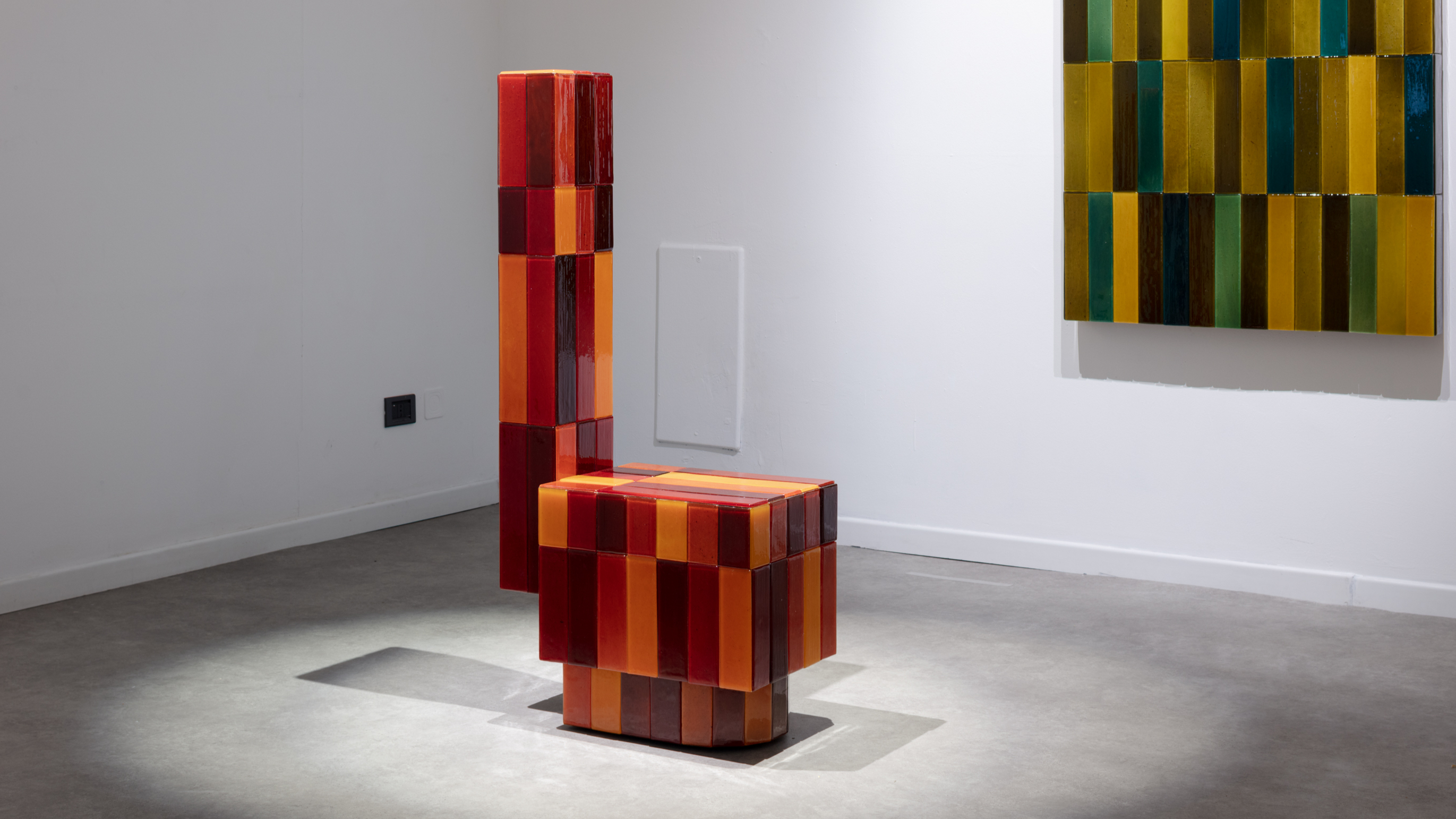
Yellows, greens, reds, purples, blues: a distinctly vivid palette of colours has been brought to life using an unusual ingredient: microalgae.
'SO-Colored' is a Japanese research project spearheaded by the Tokyo design studio We+, which taps into the potential of microalgae as an unexpected and sustainable new source of pigment.

The project, called 'SO-Colored' taps into the potential of microalgae as a sustainable new source of pigment
Renewable, fast-growing, carbon-absorbing, and low-impact, Microalgae – microscopic single cell organisms that thrive everywhere from rocks to roadsides – have long been researched within the food and biofuel industries, but their potential as a source of pigment has largely gone unnoticed, until now.
SO-Colored presented its findings in an installation at Galleria Rubin during Milan Design Week. Centre stage was a series of sharply-lined sculptures with deeply-toned surfaces that resembled glazed ceramic tiles, in a spectrum of shades, from greens and reds to yellows.

The project was based on the discovery that laboratory-grown microalgae change colour when exposed to environmental stresses such as light, humidity and heat
The project was based on the discovery that laboratory-grown microalgae change colour when exposed to environmental stresses such as light, humidity and heat. A microalgae powder developed by Algal Bio Co. was mixed with dammar, a resin from Indonesia, creating a material that appears to retain its colour over time. As Hokuto Ando, co-founder of We+, explains, this process also gives the pigment a 'remarkable depth' that has a glazed, ceramic-like quality.
'We believe that micro-algae is an exceptionally promising material for humanity,' Ando tells Wallpaper*.

As it's lab-grown, We+ believes the renewable and low-impact microalgae pigment has potential for use anywhere in the world
'While it is already being explored for applications such as carbon dioxide absorption, alternative energy to petroleum, pharmaceuticals and functional foods, our project focuses on its aesthetic potential – specifically, its natural pigmentation.'
Wallpaper* Newsletter
Receive our daily digest of inspiration, escapism and design stories from around the world direct to your inbox.
'In the future, there is potential to use this microalgae pigment anywhere in the world. We can also use local vernacular. Everything in the process is from nature.'
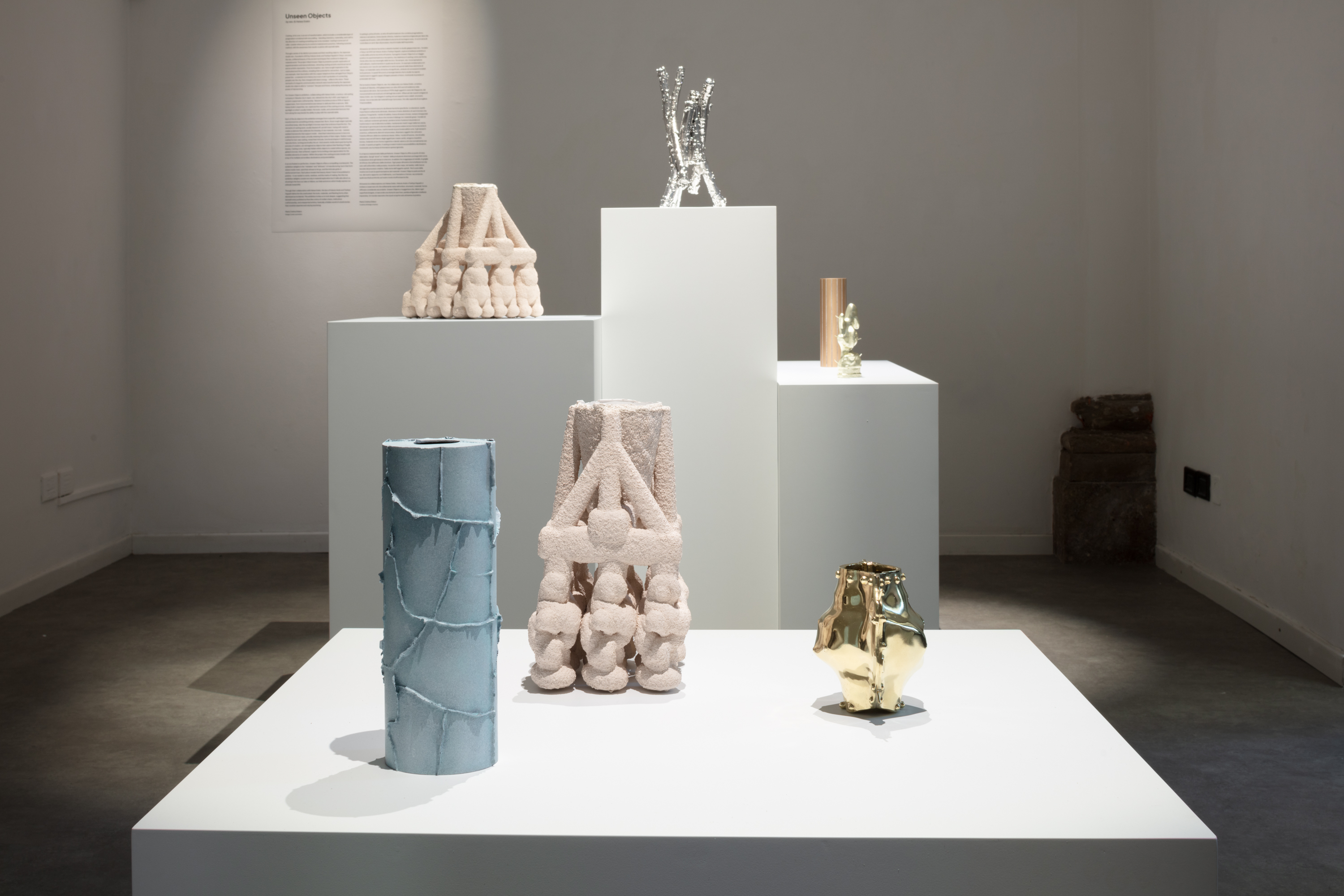
Also on show at Galleria Rubin was We+’s collaboration with Heiwa Gokin, a century-old metal casting company based in Takaoka
We+ – a studio co-founded by Ando and Toshiya Hayashi in 2013 – showcased further innovations with a second project in the same gallery: a collaboration with Heiwa Gokin, a century-old metal casting company in Takaoka, a city with 400 years of history as a traditional copper crafts hub in Toyama Prefecture.

Called 'Unseen Objects', the showcase of six sculptural forms celebrated the overlooked remnants of metal casting—burrs, residual sand, and structural imprints
In 'Unseen Objects', We+ explored the beauty of the 'mistakes' or 'leftovers' of the metal casting manufacturing process – a patchwork of burrs along the lines where where moulds are joined; the unremoved residual sand stuck on surfaces; the geometric imprints of reinforcement bars; iron rods used to secure rods bundled together like an offering of metallic twigs.
The end result is a collection of six sculptural objects with an otherworldly beauty, organically formed and uniquely imperfect in a spectrum of unexpected shapes and textural surfaces.
Danielle Demetriou is a British writer and editor who moved from London to Japan in 2007. She writes about design, architecture and culture (for newspapers, magazines and books) and lives in an old machiya townhouse in Kyoto.
Instagram - @danielleinjapan
-
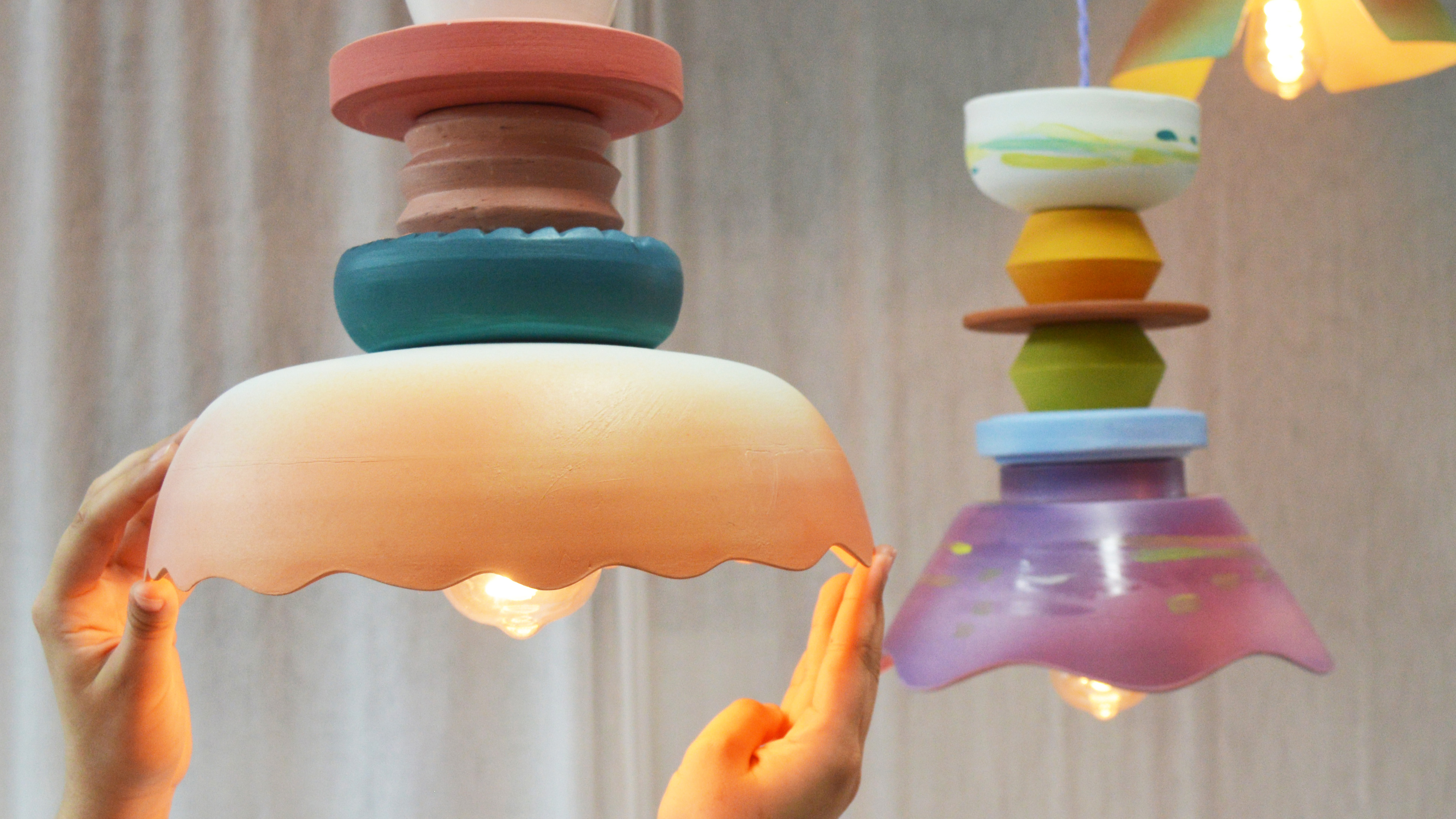 What to see at London Craft Week 2025
What to see at London Craft Week 2025With London Craft Week just around the corner, Wallpaper* rounds up the must-see moments from this year’s programme
By Francesca Perry
-
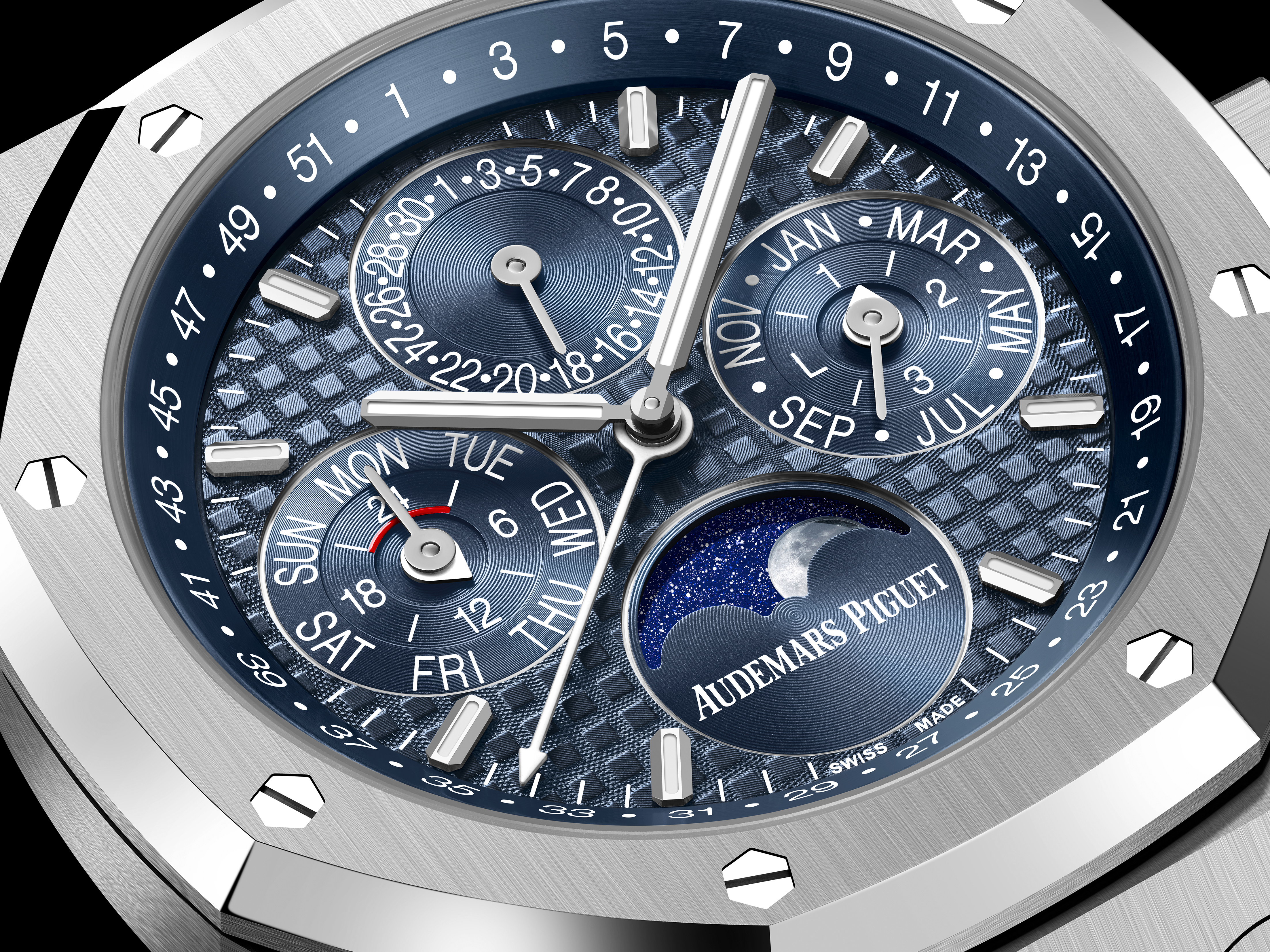 The Audemars Piguet Royal Oak Perpetual Calendar watch solves an age-old watchmaking problem
The Audemars Piguet Royal Oak Perpetual Calendar watch solves an age-old watchmaking problemThis new watch may be highly technical, but it is refreshingly usable
By James Gurney
-
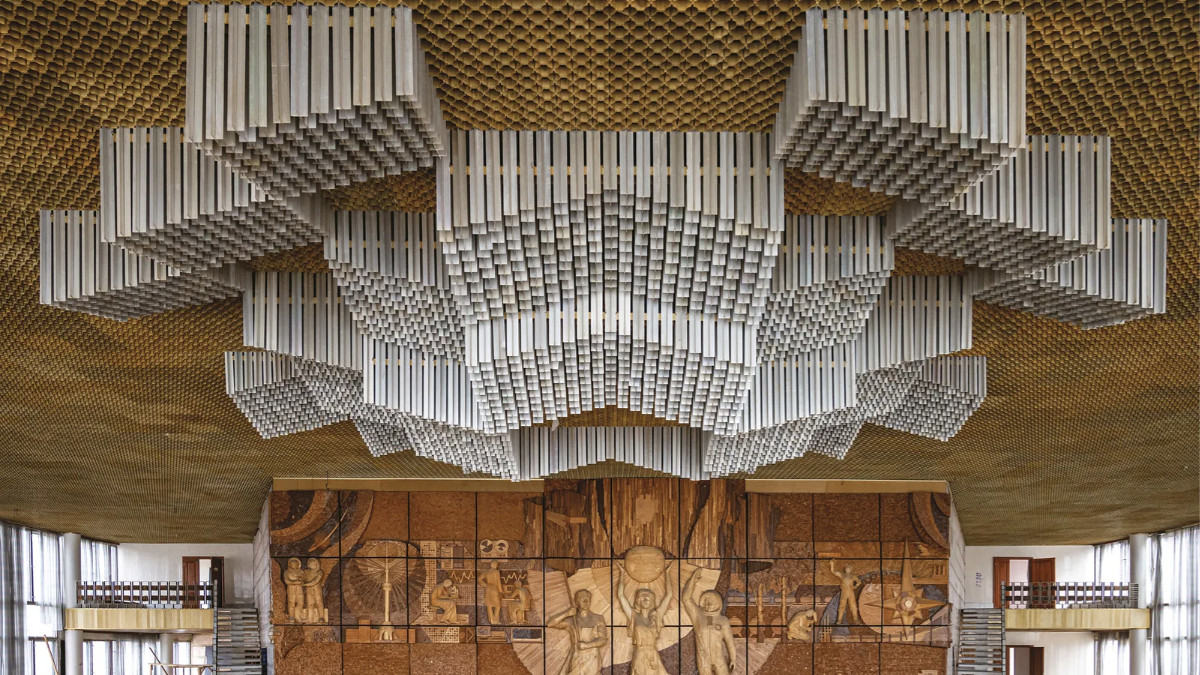 Ukrainian Modernism: a timely but bittersweet survey of the country’s best modern buildings
Ukrainian Modernism: a timely but bittersweet survey of the country’s best modern buildingsNew book ‘Ukrainian Modernism’ captures the country's vanishing modernist architecture, besieged by bombs, big business and the desire for a break with the past
By Jonathan Bell
-
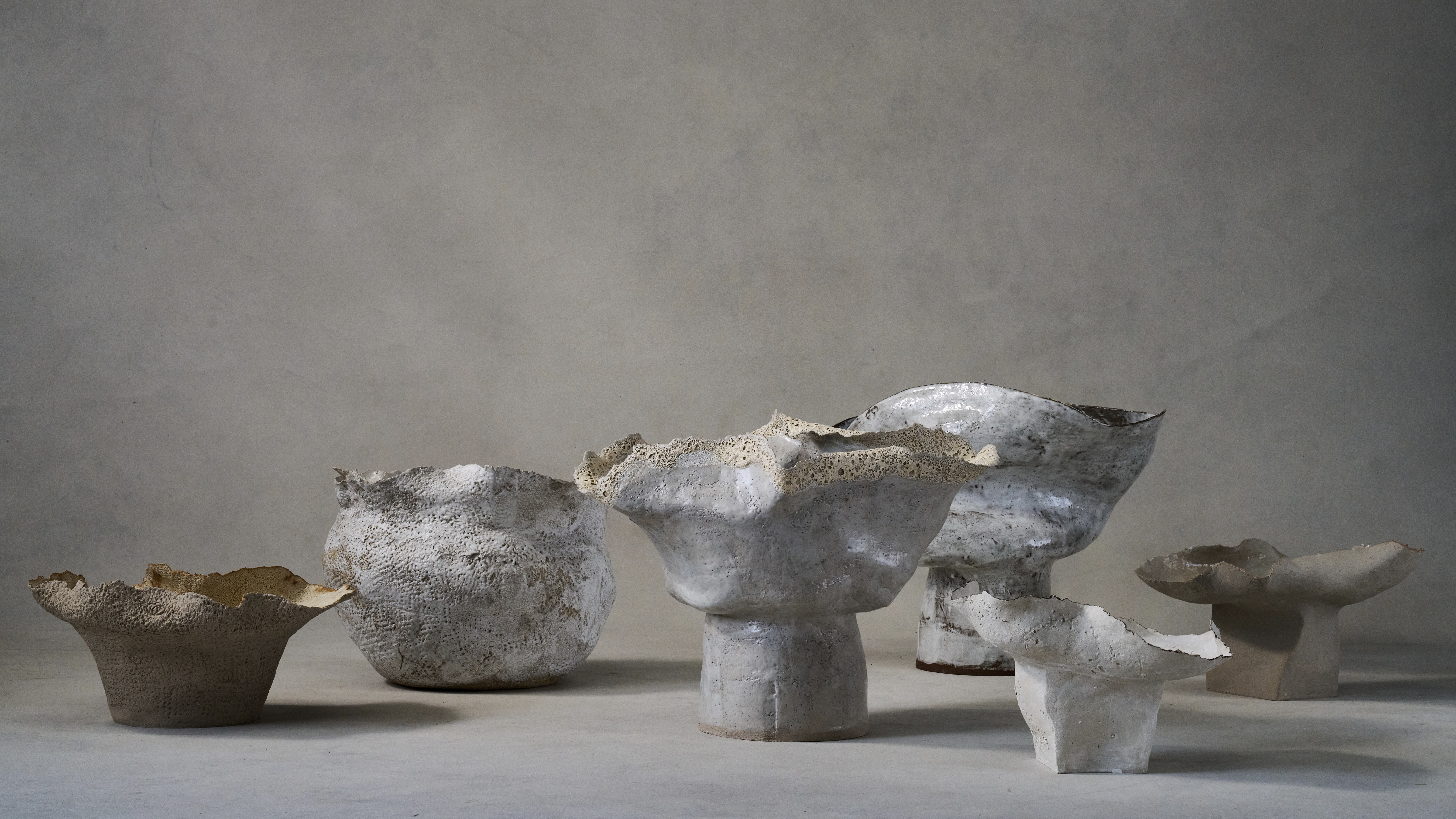 Ludmilla Balkis’ organic, earthy ceramics embody the Basque countryside
Ludmilla Balkis’ organic, earthy ceramics embody the Basque countrysideThe sculptor-ceramicist presents a series inspired by and created from found natural objects in a New York exhibition
By Anna Solomon
-
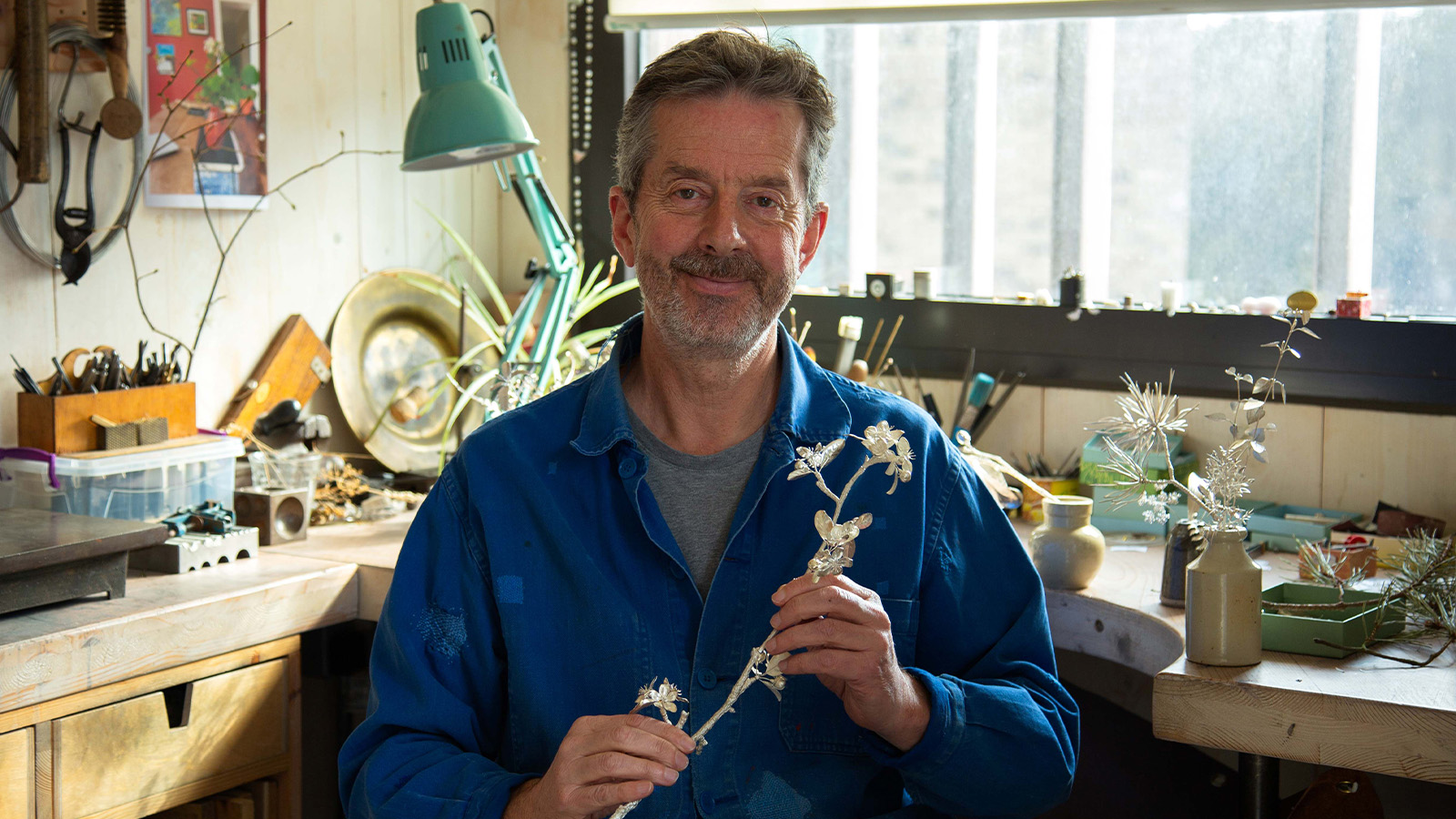 Nature sets the pace for Alex Monroe’s first sculpture exhibition
Nature sets the pace for Alex Monroe’s first sculpture exhibitionThe British designer hops from jewellery to sculpture for his new exhibition at the Garden Museum, London. Here, he tells us why nature should be at the forefront of design
By Tianna Williams
-
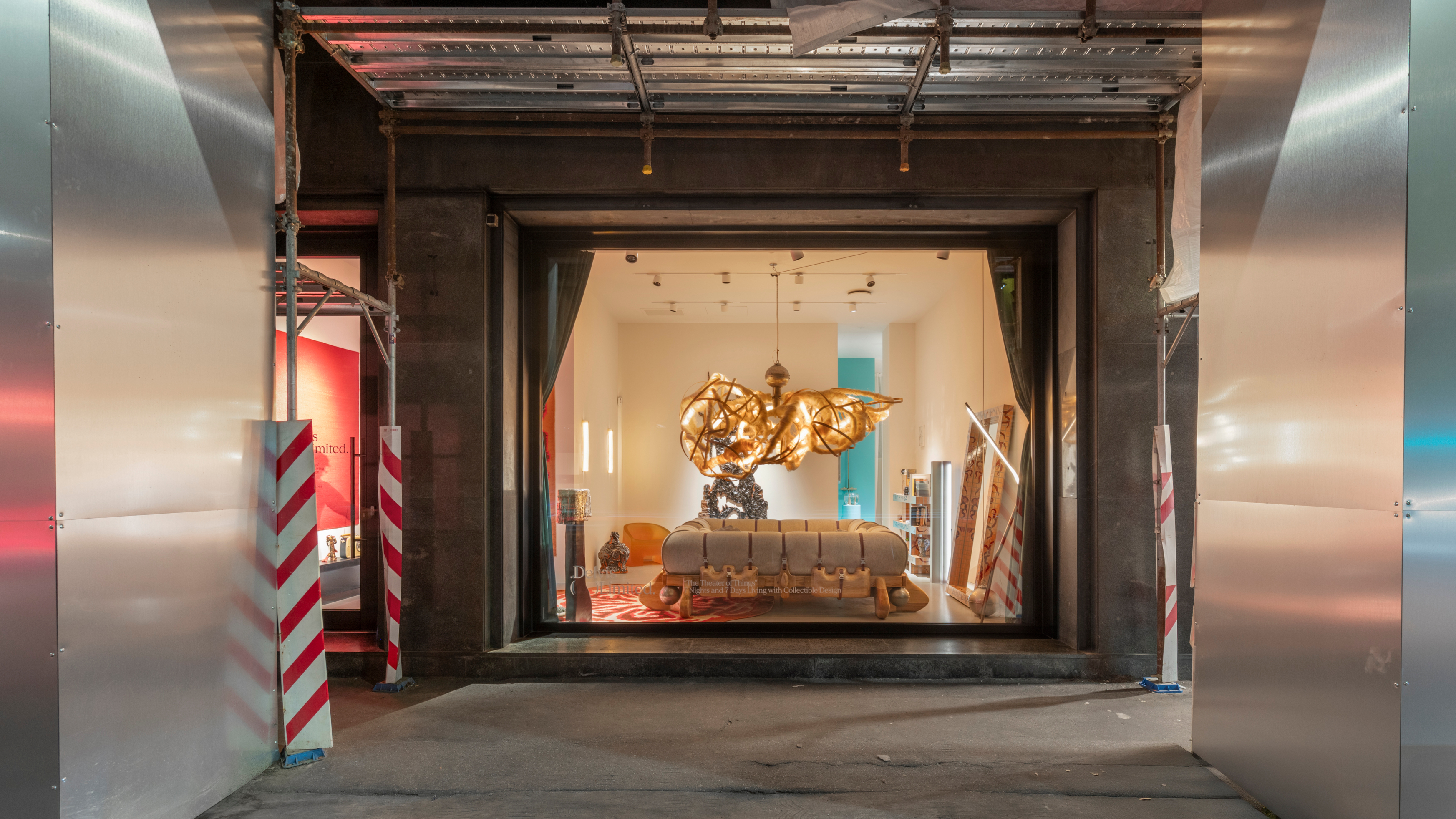 Delvis (Un)Limited turns a Brera shopfront into a live-in design installation
Delvis (Un)Limited turns a Brera shopfront into a live-in design installationWhat happens when collectible design becomes part of a live performance? The Theatre of Things, curated by Joseph Grima and Valentina Ciuffi, invited designers to live with their work – and let the public look in
By Ali Morris
-
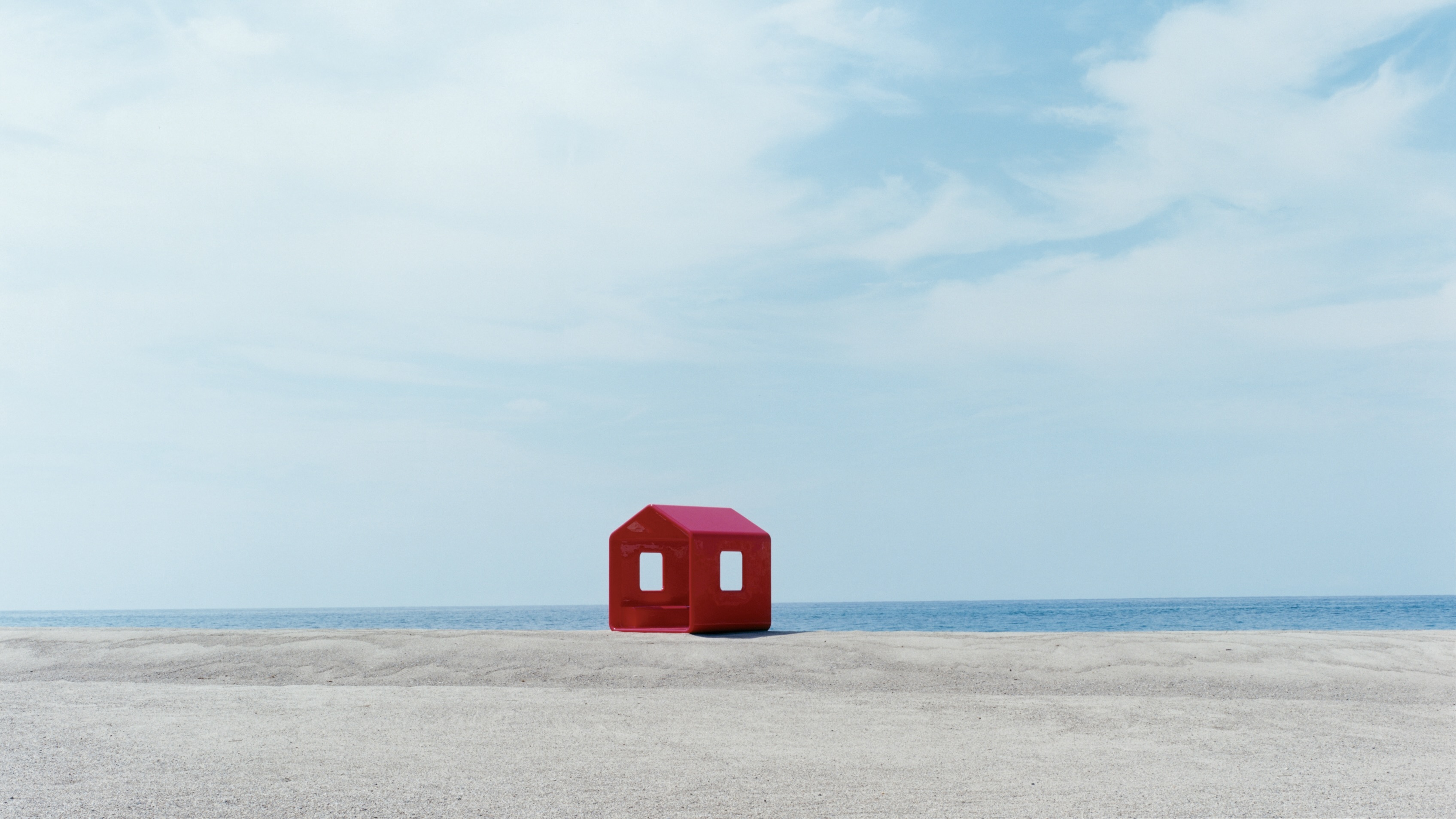 Naoto Fukasawa sparks children’s imaginations with play sculptures
Naoto Fukasawa sparks children’s imaginations with play sculpturesThe Japanese designer creates an intuitive series of bold play sculptures, designed to spark children’s desire to play without thinking
By Danielle Demetriou
-
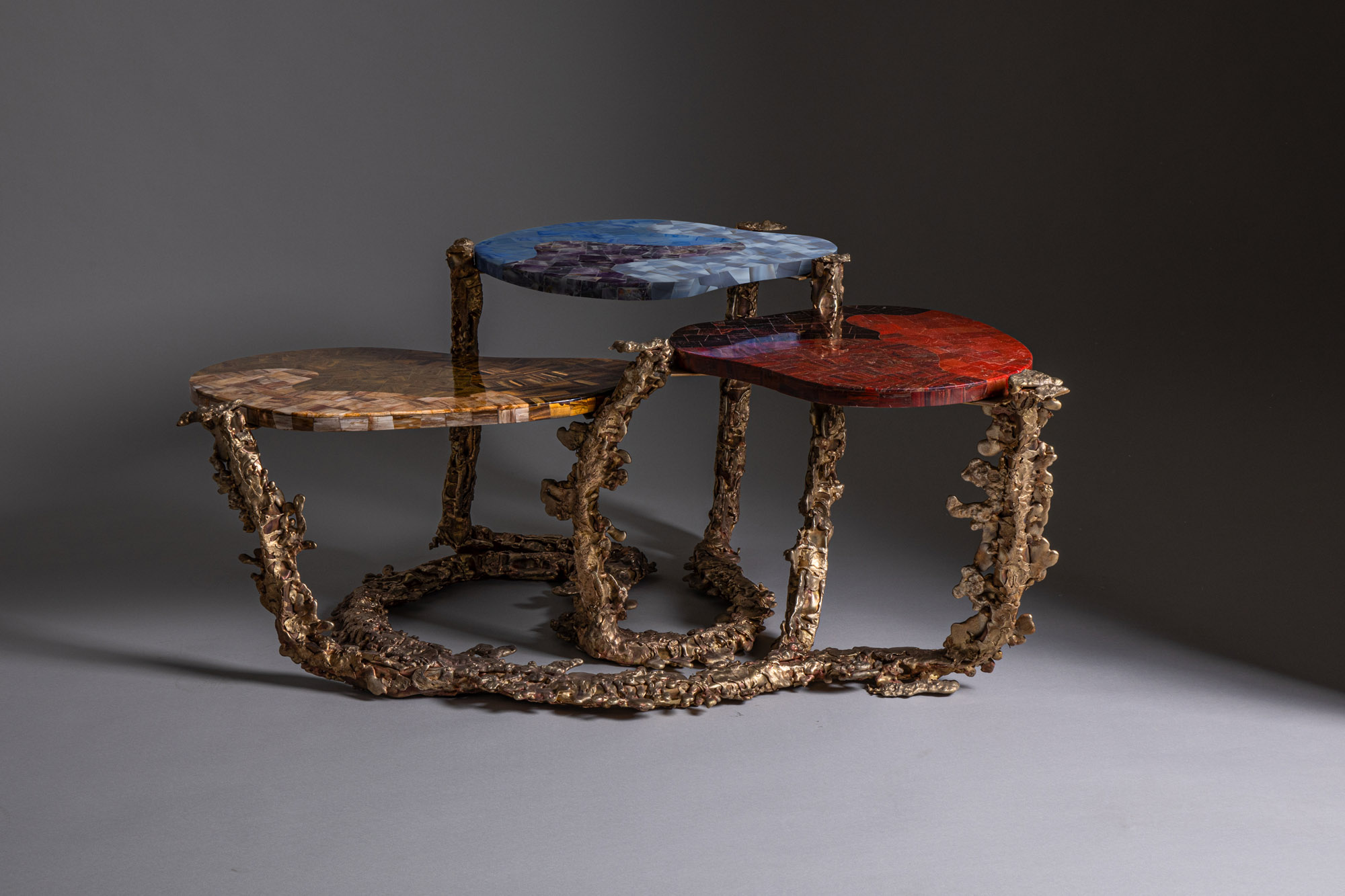 Inside the Shakti Design Residency, taking Indian craftsmanship to Alcova 2025
Inside the Shakti Design Residency, taking Indian craftsmanship to Alcova 2025The new initiative pairs emerging talents with some of India’s most prestigious ateliers, resulting in intricately crafted designs, as seen at Alcova 2025 in Milan
By Henrietta Thompson
-
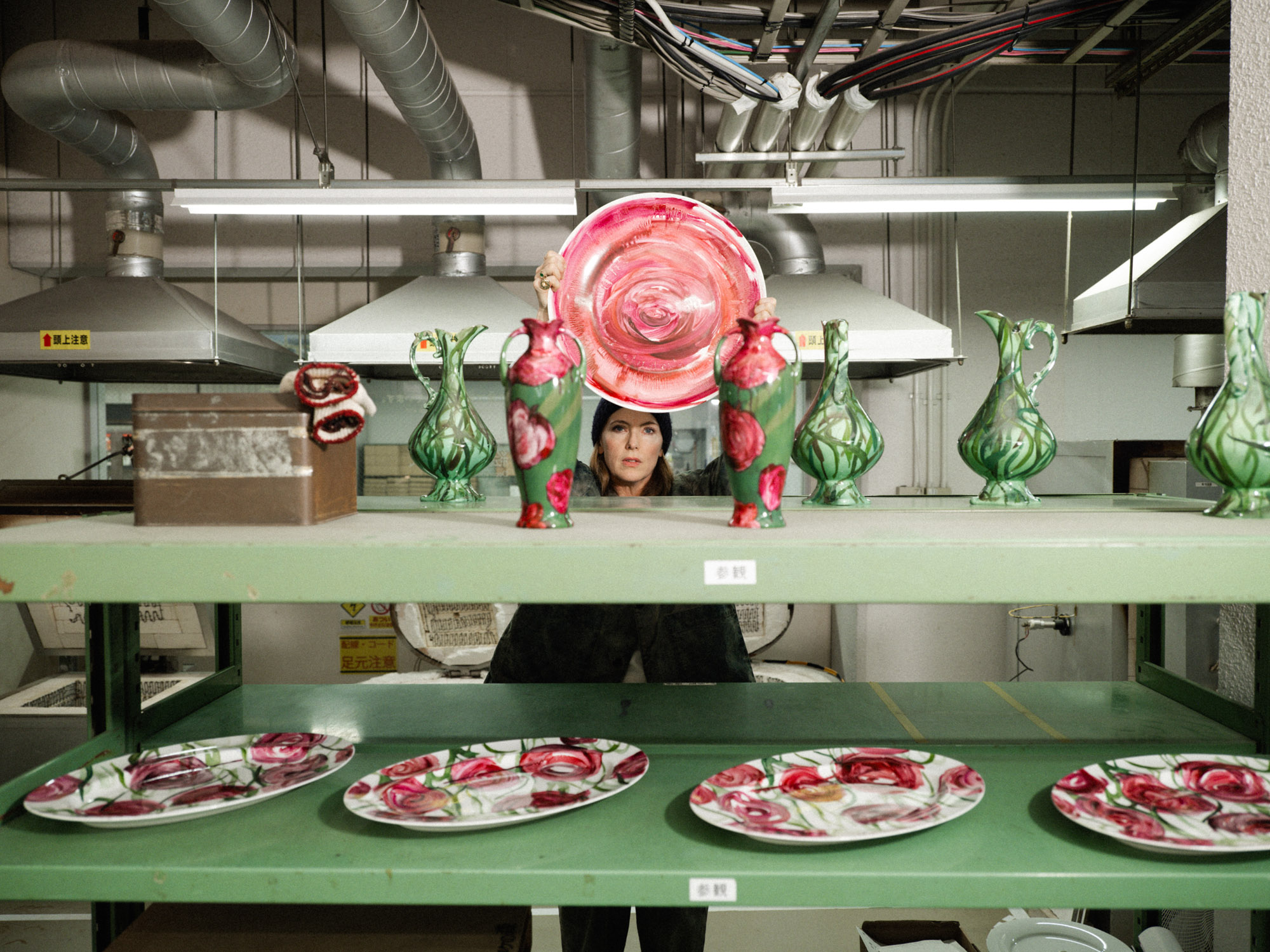 Faye Toogood comes up roses at Milan Design Week 2025
Faye Toogood comes up roses at Milan Design Week 2025Japanese ceramics specialist Noritake’s design collection blossoms with a bold floral series by Faye Toogood
By Danielle Demetriou
-
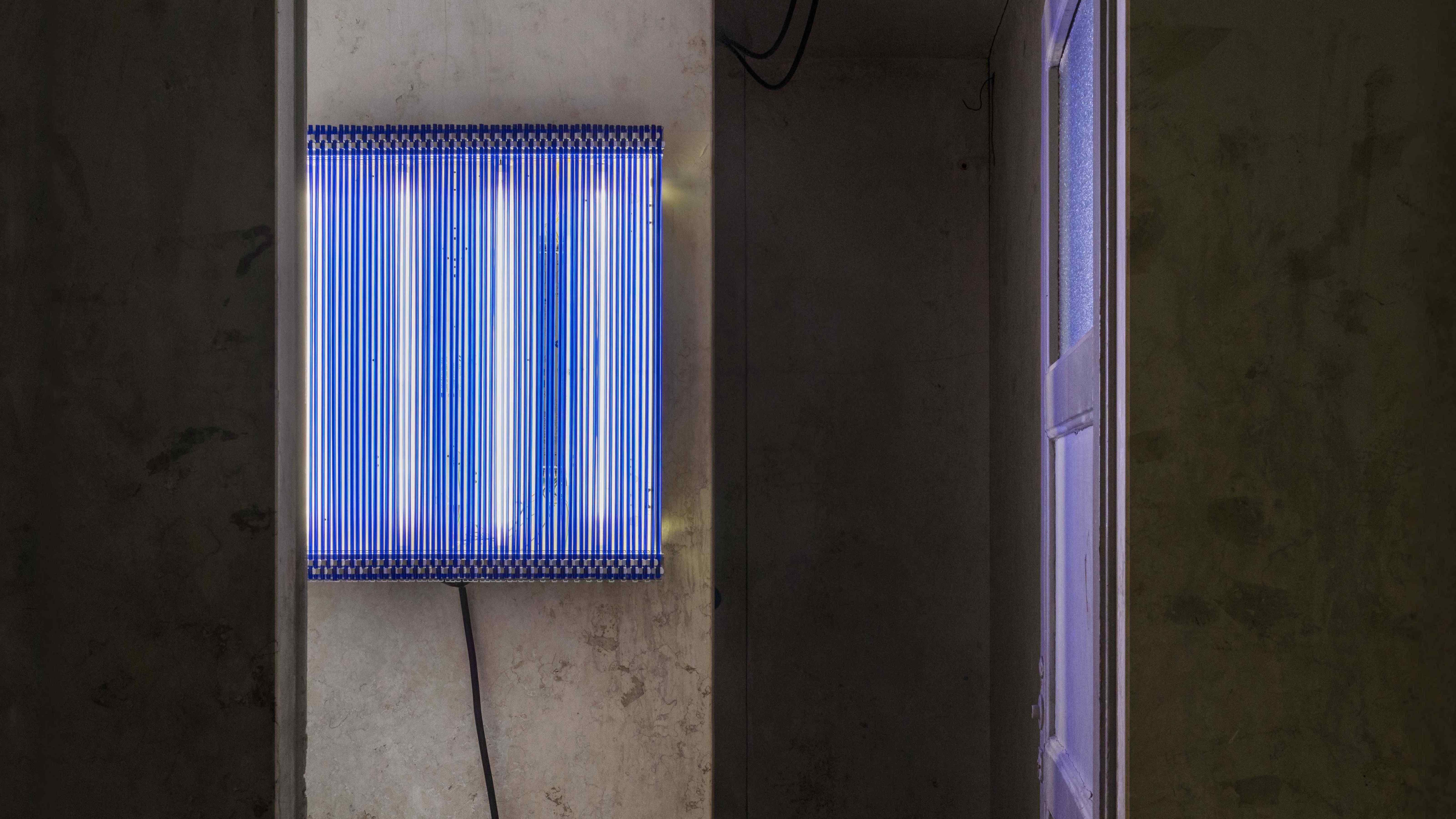 6:AM create a spellbinding Murano glass showcase in Milan’s abandoned public shower stalls
6:AM create a spellbinding Murano glass showcase in Milan’s abandoned public shower stallsWith its first solo exhibition, ‘Two-Fold Silence’, 6:AM unveils an enchanting Murano glass installation beneath Piscina Cozzi
By Ali Morris
-
 Dimoremilano and Loro Piana channel 1970s cinema in decadent Milan display
Dimoremilano and Loro Piana channel 1970s cinema in decadent Milan displayAt Milan Design Week 2025, Dimorestudio has directed and staged an immersive, film-inspired installation to present new furniture and decor for Loro Piana
By Dan Howarth